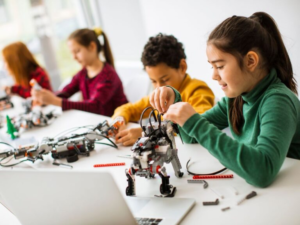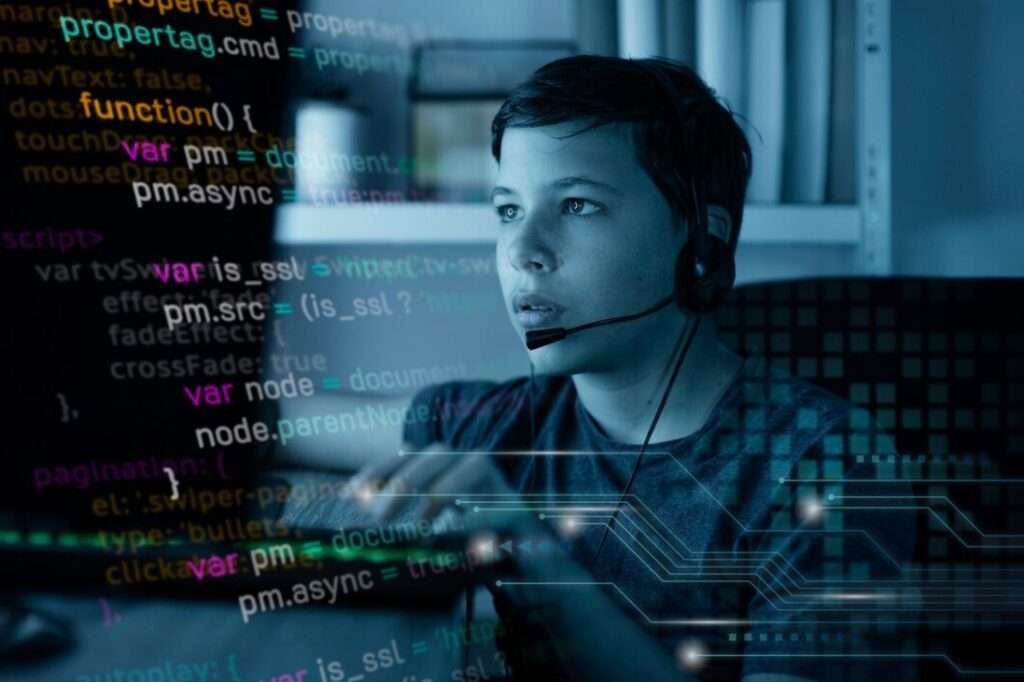In today’s rapidly evolving world, the need for innovative educational approaches has never been more important. As schools, educators, and parents continue to emphasize the importance of preparing students for the future, hands-on learning in the realm of STEAM (Science, Technology, Engineering, Arts, and Mathematics) has emerged as a crucial method. It allows students to engage actively, experiment, and apply their knowledge in real-world contexts. However, selecting the right STEAM education resources to foster this type of learning can be a challenge. So, what are the most effective STEAM education resources for hands-on learning?
1. STEAM Kits and Project-Based Learning Tools
Hands-on kits designed for STEAM education resources can be invaluable for both students and teachers. These kits often include all the necessary materials and instructions to help students explore complex concepts in a tangible way. For example, robotics kits, such as those offered by LEGO Mindstorms or VEX Robotics, allow students to build and program robots, helping them understand coding, engineering, and problem-solving.
Other popular kits include:
- LittleBits: These electronic building blocks make it easy to create circuits, gadgets, and interactive projects.
- Snap Circuits: A fun way to explore electronics through snap-together parts that help students create simple electrical circuits.
- Makey Makey: A kit that turns everyday objects into touchpads, allowing students to experiment with circuits and interactive projects.
These kits are designed to offer experiential learning, making them an effective way for students to understand abstract concepts in a practical, memorable manner.
2. Online Platforms and Interactive Tools
Digital STEAM education resources are equally important for hands-on learning, particularly in today’s technology-driven world. Platforms like Scratch and Tynker introduce coding through interactive and game-like environments, where students can design their own animations, stories, and even games. This fosters creativity while teaching valuable skills in coding and problem-solving.
- Scratch: A visual programming language designed for younger learners that makes learning coding fun and intuitive.
- Tynker: Offers coding challenges and projects, allowing students to create interactive games, apps, and websites.
For older students or those with more advanced interests, platforms like Arduino and Raspberry Pi provide the tools needed to create their own computers, sensors, and even robots. These platforms promote real-world application of computer science, programming, and engineering principles.
3. STEAM Apps for Mobile Devices
In the age of smartphones and tablets, apps can be an engaging and interactive way to enhance hands-on STEAM learning. There are a multitude of apps designed to foster creativity, problem-solving, and engineering skills.
- Tinkercad: A 3D design and printing tool that allows students to create 3D models, perfect for teaching engineering and design principles.
- Bloxels: An app that lets students design, build, and play their own video games, combining both arts and technology in one platform.
- Osmo: An interactive platform that bridges physical and digital learning with hands-on activities in math, coding, and creative arts.
These apps are designed to offer interactive, engaging experiences that bring STEAM subjects to life, making them accessible anywhere and anytime.
4. STEAM Workshops and Camps
While individual tools and resources are essential, structured learning environments such as workshops and camps provide students with the opportunity to engage with peers and mentors, deepening their understanding through collaborative projects. Makers’ Muse STEAM education resources, such as workshops, bring students together for hands-on, live projects that encourage critical thinking and problem-solving. These environments promote teamwork, leadership, and creativity, offering a well-rounded approach to STEAM education.
- Codeacademy Workshops: Coding-focused camps and workshops offer students practical experience and expert guidance, helping them bring their programming skills to life.
- Summer STEM Camps: These camps focus on engaging activities that cover all aspects of STEAM, from coding to engineering challenges.
5. Digital Fabrication Tools
Modern fabrication technologies have transformed the way students approach hands-on learning in STEAM education resources. 3D printing and laser cutting technologies, for example, provide a platform for students to design and create real-world objects. Using 3D printers, students can visualize their engineering ideas and prototypes, which helps them learn about design thinking and iteration.
- MakerBot and Ultimaker are leading 3D printer brands often used in educational settings.
- Laser cutters can turn digital designs into physical models, helping students learn about precision, material properties, and product prototyping.
These tools allow students to take their ideas from the digital realm to tangible, real-world products, bridging the gap between theory and practice.
6. Books and Educational Resources
Books that encourage hands-on STEAM education resources can be a great tool for independent or classroom learning. Titles such as “The Art of Tinkering” and “STEAM Kids” provide a variety of fun and educational projects that allow students to dive into the creative and scientific aspects of STEAM. Additionally, many of these books come with detailed instructions, fostering a deeper understanding of the subject matter.
7. Collaborative Platforms for STEAM Learning
Finally, collaboration is key in today’s learning environment. Platforms like Google Classroom, Edmodo, and Flipgrid enable students to share their projects, collaborate on ideas, and receive feedback from peers and teachers. These platforms foster communication, critical thinking, and creativity, all of which are essential to STEAM education.
Get started with hands-on STEAM learning today!
STEAM education is all about fostering creativity, critical thinking, and problem-solving. The best STEAM education resources for hands-on learning are those that actively engage students in creating, building, and experimenting. From kits and platforms to workshops and apps, there are countless ways to incorporate hands-on STEAM learning into the classroom. By using these resources, educators and parents can ensure that students are not just passive recipients of knowledge, but active participants in shaping their own learning experiences.
At Makers’ Muse, we provide cutting-edge STEAM education resources and lab solutions to schools, offering engaging workshops that bring these hands-on tools to life. Ready to bring STEAM to your school? Explore our offerings and take the first step towards fostering creativity and innovation in your students!















